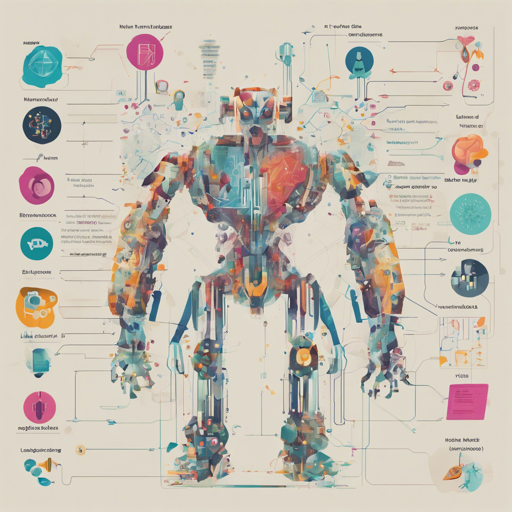In the rapid evolution of artificial intelligence, biomedical language models have shown remarkable potential in enhancing our understanding of complex biological data. With the advent of the BioM-Transformers, users can now utilize large transformer models like BERT, ALBERT, and ELECTRA to achieve unparalleled performance in biomedical tasks. This guide will take you through the essentials of building and fine-tuning these large models, making it simple for researchers to harness their capabilities.
Understanding the Concept: An Analogy
Imagine you want to bake a cake, and you have a fantastic recipe. However, the outcome can greatly vary depending on the quality of ingredients you choose and how you mix them. In the same way, when building biomedical language models, the “recipe” is your design choices (like model architecture and training data), and the “ingredients” are the parameters and training steps. A well-crafted model, like a perfectly baked cake, takes careful consideration of both factors to yield the most delicious results—state-of-the-art performance in biomedical tasks.
Getting Started
To get started with BioM-Transformers, follow these steps:
- Pre-training: Begin by pre-training the model using the full articles from PMC (PubMed Central), which allows it to learn from a vast range of biomedical literature.
- Training Steps: The model should undergo a total of 328k training steps, ensuring it’s well-prepared for specific biomedical tasks.
- Batch Size: Utilize a batch size of 8192 during training to optimize performance and resource use.
Utilizing PyTorch XLA for Fine-Tuning
To make the most out of the BioM-Transformers, especially for those with limited resources, consider using PyTorch XLA. This library allows for the usage of PyTorch on TPU units, which can be accessed for free on platforms like Google Colab and Kaggle. Here’s how to do it:
- Example for Fine-Tuning: You can refer to this example notebook to fine-tune the model.
- Expected Outcome: Achieve an impressive micro F1 score of 80.74 on the ChemProt task in just 43 minutes for 5 epochs!
Example Colab Notebooks
To make the experimentation smoother, you can find various Colab notebooks to work with:
- BioM-ELECTRA-LARGE on NER and ChemProt Task
- BioM-ELECTRA-Large on SQuAD2.0 and BioASQ7B Factoid tasks
- BioM-ALBERT-xxlarge on SQuAD2.0 and BioASQ7B Factoid tasks
- Text Classification Task With HuggingFace Transformers and PyTorchXLA on Free TPU
- Reproducing BLURB results with JAX
- Finetuning BioM-Transformers with JaxFlax on TPUv3-8 with free Kaggle resource
Troubleshooting
While working with BioM-Transformers, you may encounter some bumps along the way. Here are a few troubleshooting ideas to keep in mind:
- Resource Allocation: Ensure that you are utilizing TPU effectively. Sometimes, fine-tuning can run into memory issues if the batch size is too large.
- Model Weights: Always verify that your weights are properly initialized from the correct BioM model to prevent errors in training.
- Monitoring Performance: Keep an eye on your micro F1 scores during testing to confirm that training is on the right track.
For more insights, updates, or to collaborate on AI development projects, stay connected with fxis.ai.
Conclusion
By carefully considering design choices and utilizing extensive pre-training data, BioM-Transformers significantly enhance the accuracy in biomedical language processing tasks. It is essential for researchers to experiment, utilize available resources such as TPU, and optimize their models for the best outcomes. At fxis.ai, we believe that such advancements are crucial for the future of AI, as they enable more comprehensive and effective solutions. Our team is continually exploring new methodologies to push the envelope in artificial intelligence, ensuring that our clients benefit from the latest technological innovations.

